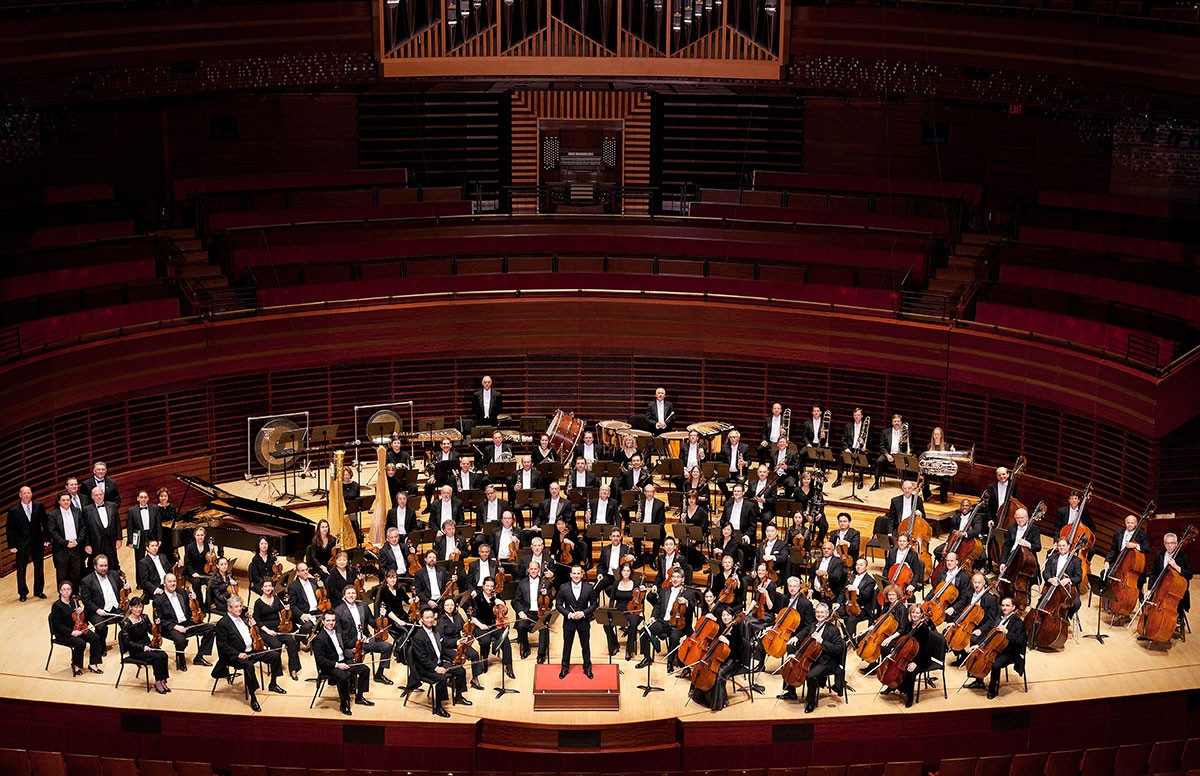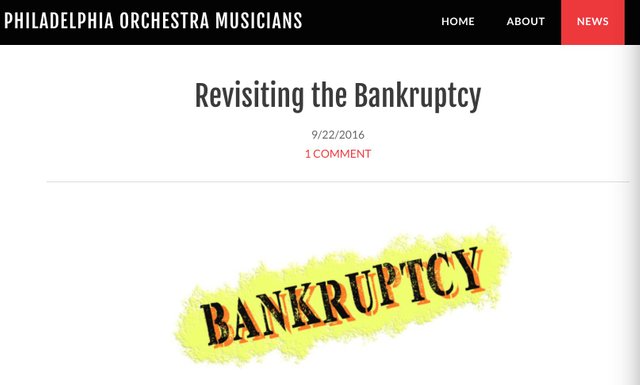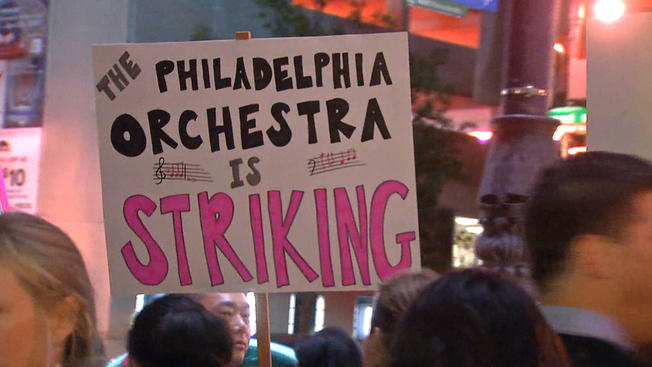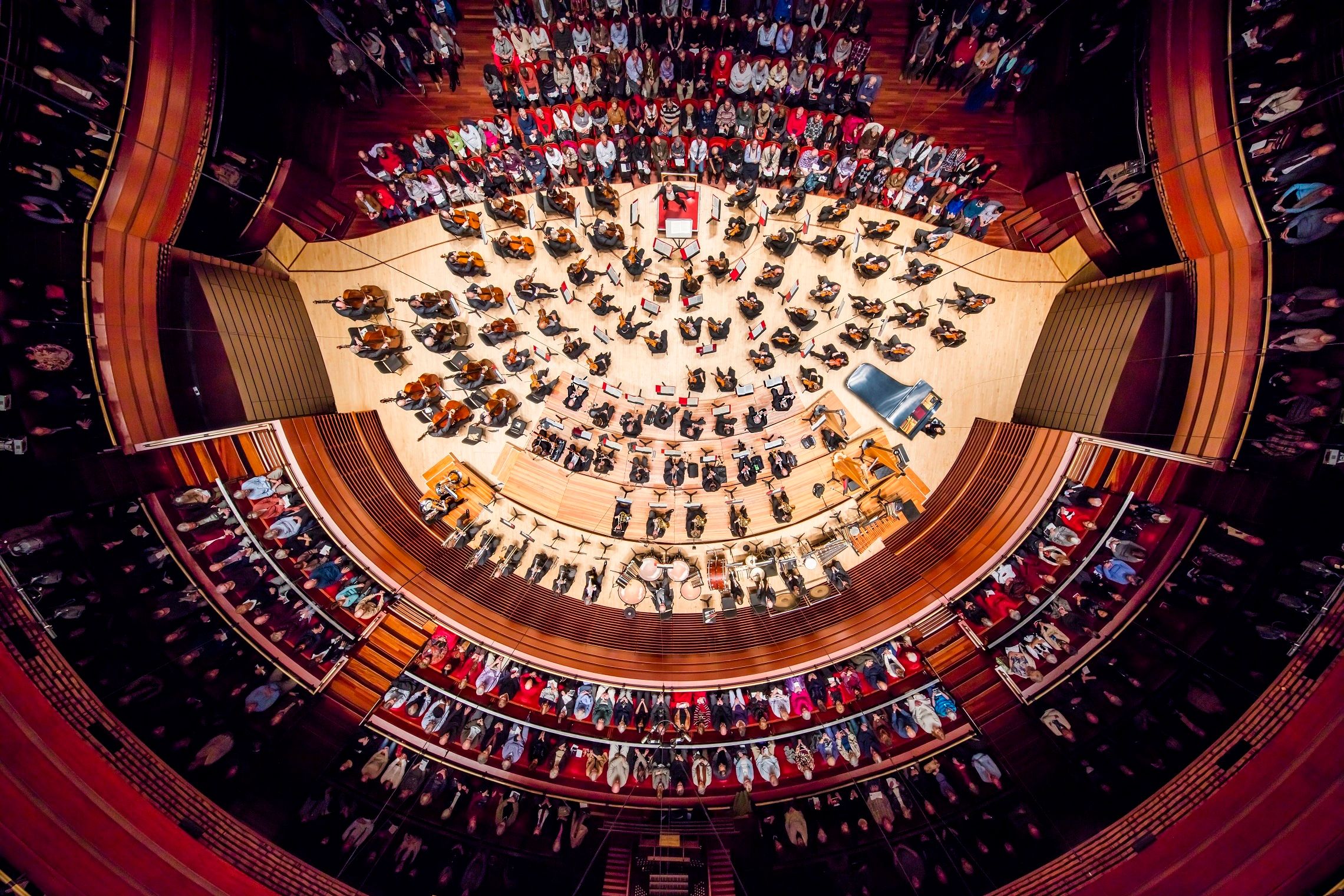Big Question: How to Raise Funds for Nonprofit Organizations
When I read Getting Beyond Breakeven, I was quite excited about the solutions about how to operate a company or an institution in an effective and efficient way. For ambitious business owners, such planning is also attractive and enlightening. I believe that you will benefit a lot if you have a problem like this.
TDC gave four business model driver profiles to illustrate the strategic issues they were facing, make assessments of their current capital structures, clear capitalization goals, and do business plans for them. However, the main question for me in their plans is the fundraising problem. How to make a fundraising successfully when a nonprofit organization confronted a shortage of fund or even bankruptcy? The Philadelphia Orchestra might give us a straightforward answer.

(PHOTO SOURCE: WWW.FUSAC.FR)
In April 2011, Philadelphia Orchestra applied for bankruptcy protection. The band then launched a fundraising event. With the efforts of the council and the leadership team, $11.2 million was raised in just two months. They also received a promise from donors that if it could raise another $16.3 million by the end of the year, donors would make an extra $17.5 million. In addition to the participation of board members, the orchestra had got quite a few local philanthropists and the strong support of the members of the foundation, for example, the William Penn Foundation which is committed to improve the life quality of Philadelphia area, and the Joseph Family Foundation that is keen to support cultural and arts enterprises entrepreneurs. In June 2012, the group raised nearly $40 million, basically meeting its recent goals, laying the foundation for restructuring and leaving bankruptcy.

(PHOTO FROM PHILADELPHIA ORCHESTRA MUSICIANS)

It sounds so easy when we say “efforts”, but only the practitioners know how hard it was.
Effort 1: Convincing fundraising reasons are given
Why do people want to donate money to the Philadelphia Orchestra? The Philadelphia Orchestra, in its solicitation, emphasized that it represented Philadelphia's cultural brand and was a mainstay of the region's economies. They were candid about the survival challenges of the symphony orchestra in modern society. Also, they pointed out the gap between their operating and fund-raising income compared with other major orchestras. At the same time, they gave a clear plan of institutional transformation and its progress to enhance the sense of urgency and necessity of fundraising.

(The musicians of the Philadelphia Orchestra went on strike over pay issues on Friday just before their season-opening gala concert. Credit Mark Makela for The New York Times)
Effort 2: Attract the attention of their plenty of potential donors
The Philadelphia Orchestra's core donors include not only the council and local philanthropists but all the people who care about the city and all the classical music lovers.
Said Mr. Worley, “Our work is far from complete, especially with regard to fundraising for our future. We made strategic decisions as a Board of Directors to reach consensus with key partners and those decisions increased our fundraising need. That said, I am deeply encouraged by the support we have received to date from the philanthropic community, and with our filing today I am anxious to continue conversations with major funders about their support of The Philadelphia Orchestra. Although our fundraising needs and efforts are ambitious, our goals are rooted in reality. We are having excellent conversations with prospective donors and we are heartened by the number of new and returning donors who have chosen to support the Orchestra in its time of need. Every gift is a vote of confidence in the Orchestra’s future and every gift directly supports the artistry of our world-renowned ensemble. I have no doubt that confidence will soar as we file our Plan of Reorganization and move toward an exit from reorganization.” philorch

(Musicians from the Philadelphia Orchestra walk the picket line outside the Kimmel Center after walking off the job on Friday.)
Effort 3: Have a well-thought-out fundraising plan
The Philadelphia Orchestra was clear about the basic costs of getting out of debt and restructuring. They knew where to raise the money in the shortest possible time, and use matching donations skillfully to encourage more donations. At the same time, the orchestra has developed a medium-and long-term development plan, which will also raise funds for the endowment fund in addition to institutional restructuring, so as to ensure the sustainable development of the institution.

(PHOTO:prnewswire)
Effort 4: Ensure the good leadership
“The leadership of our Board of Directors in assuming the costs of our restructuring and reorganization cannot go unacknowledged,” said Allison Vulgamore, president and CEO of The Philadelphia Orchestra. “I am deeply gratified by their continued leadership and strong commitment to maintaining The Philadelphia Orchestra as a world-class ensemble. Their generosity has been a constant within this process. It is also important to recognize that today’s filing would simply not have been possible without the leadership support of Philadelphia’s philanthropic community, notably the William Penn Foundation, Wyncote Foundation, Neubauer Family Foundation, and Gerry Lenfest. The confidence demonstrated by these donors—and the positive reinforcement of our steady diligence and our accomplishments within this process—has been critical and it allowed us much-needed time and flexibility in reaching agreements with valued partners in this process, especially our treasured musicians and the Kimmel Center.” philorch
Any nonprofit organization who wants to be successful may lay a solid foundation in four aspects: fundraising reasons, fund-raisers or possible donors, fundraising plans and efficient leadership. Why do institutions worth donations and will have a positive impact? Who will provide key donations to the organization? What are goals, strategic steps, and ways to train donors and make donations? How to have effective leadership? The four efforts together could build a framework for fundraising.

(PHOTO: kimmelcenter)
Source:
1.The Philadelphia Orchestra Association Files Its Plan of Reorganization and Disclosure Statement to Exit Chapter 11 Bankruptcy Protection. May 23, 2012
2.Strike's Over: Philadelphia Orchestra and Musicians Reach Contract Deal With Administration
3.Judge Closes Philadelphia Orchestra Bankruptcy Case
4.Allison Vulgamore Positions The Philadelphia Orchestra For Artistic And Financial Success, Announces She Will Depart
100% of the SBD rewards from this #explore1918 post will support the Philadelphia History Initiative @phillyhistory. This crypto-experiment conducted by graduate courses at Temple University's Center for Public History and MLA Program, is exploring history and empowering education. Click here to learn more.
Should cultural organizations always be focused on what their donors want?
Good question! Maybe there are several aspects that we need to think about. The donor motivation, the quality of the art itself, and increasing market competition are all significant elements. However, when an organization is confronting the fiscal difficulties, how to raise fund in a short time might be an urgent step to take.
Good big-picture review of the Philly Orchestra’s bankruptcy. But shouldn’t we also get to the question of how this dramatic situation happened in the first place and how they are working to assure those specific threats are addressed in the immediate future?
Yes, the first thing to do to save yourself is to reflect on your problems and find solutions. Effective planning is based on solving previous problems and then create good conditions for better development.
As a violinist myself, I often grew frustrated with the way orchestras were organized. Musicians who I performed with in various symphonic ensembles often bemoaned any concert that featured film scores or popular tunes, yet crowds turned out in bigger numbers to see such programs.
Is the Philadelphia Orchestra responsible for pushing forward new and challenging music or playing what sells? I think your post gives us the answer.
For musicians, classical music is very noble. But it's hard for them to stick to pure art. How to insist on themselves is a difficult question in the process of choosing to survive and compromising with the public.
Congratulations @yingchen! You have completed some achievement on Steemit and have been rewarded with new badge(s) :
Click on any badge to view your own Board of Honor on SteemitBoard.
For more information about SteemitBoard, click here
If you no longer want to receive notifications, reply to this comment with the word
STOP